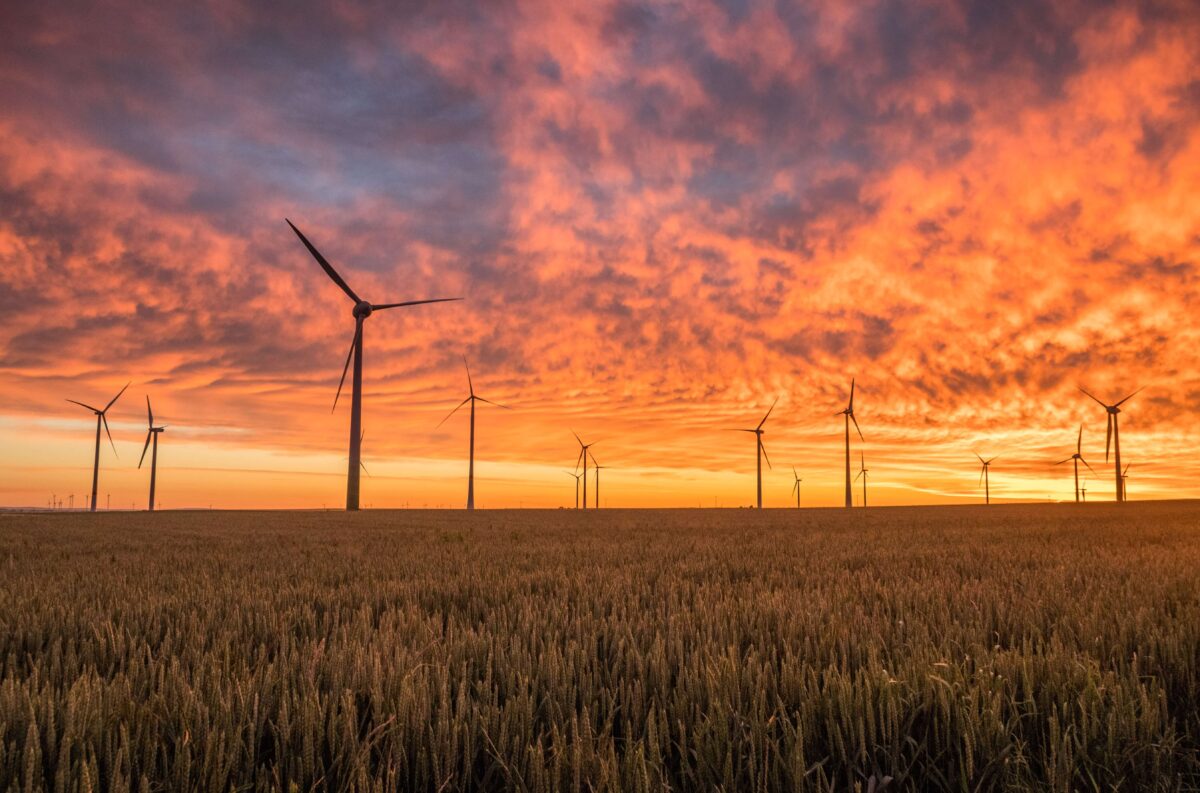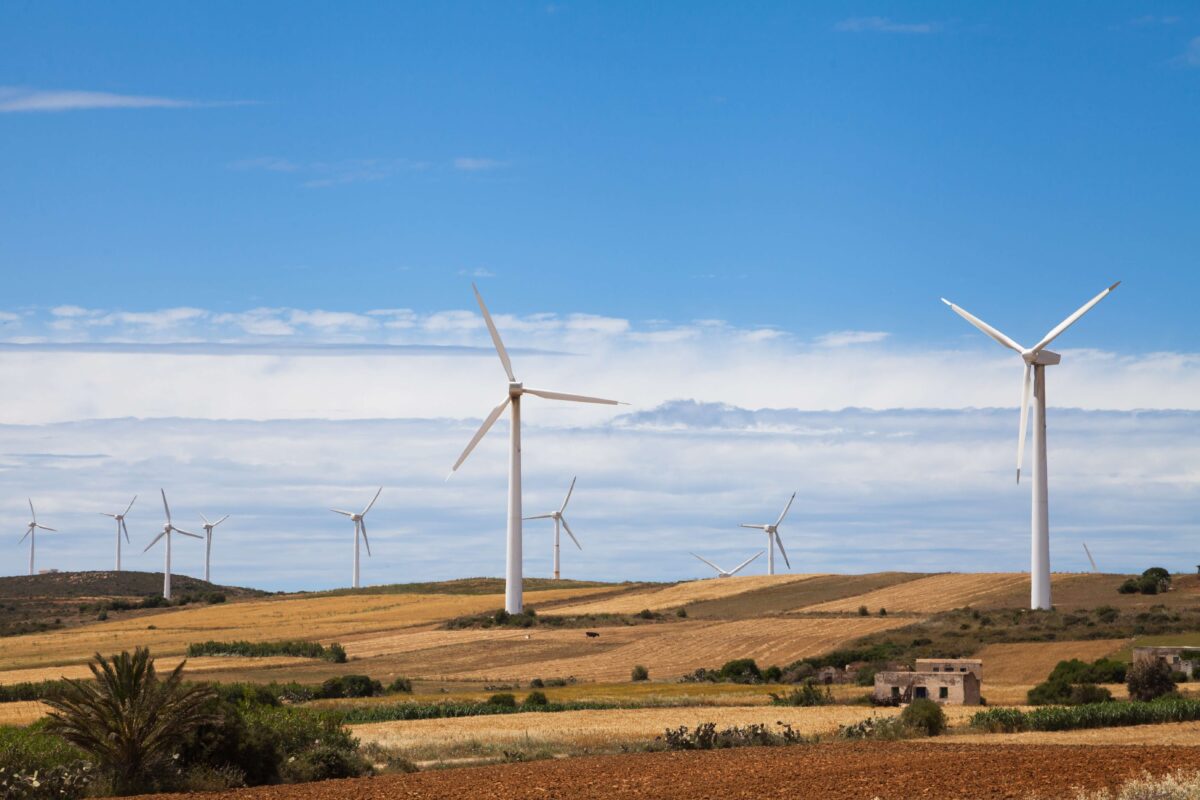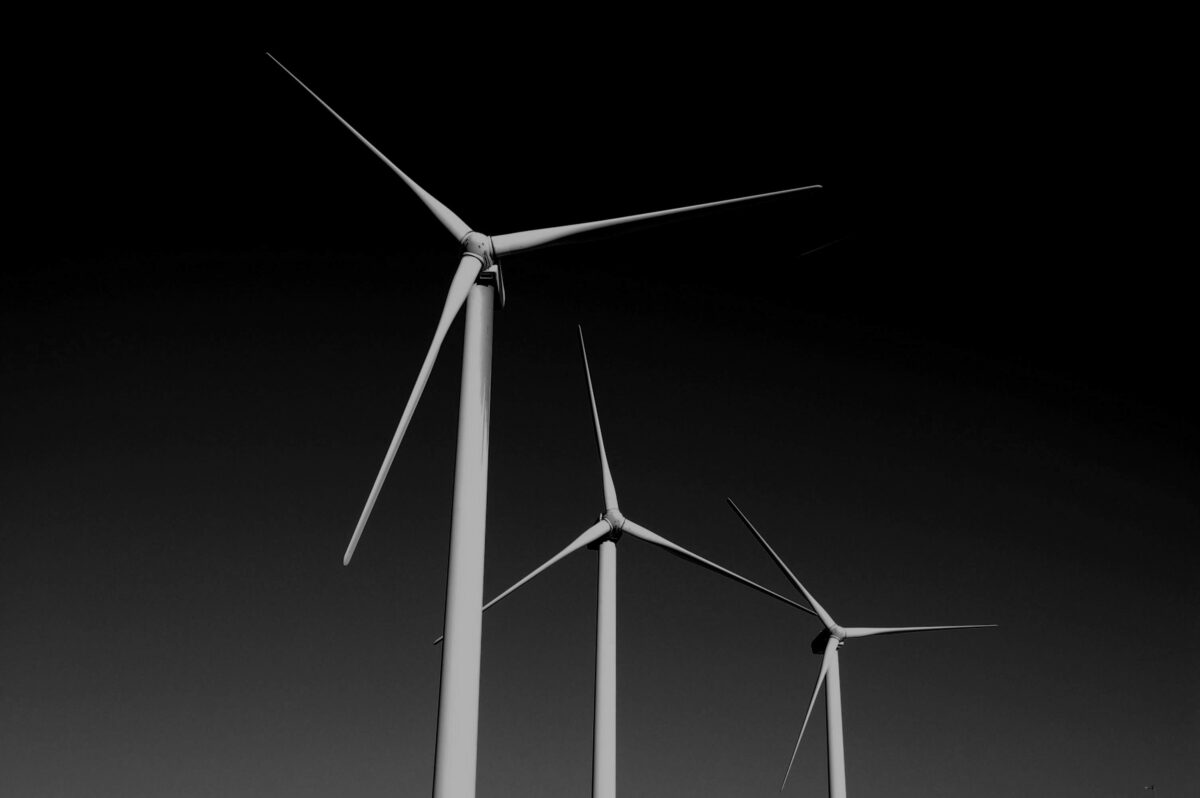Corporate clean energy buying reached a new record and goodbye coal, hello solar but farewell to the feed-in tariff
International Climate
As we enter into 2019, the Met Office reveals that they predict to measure record increases in atmospheric carbon dioxide this year. And yet, the UK continues to subsidise fossil fuels. But there is hope! Corporate clean energy buying reached a new record at the end of 2018, according to Bloomberg New Energy Finance.
Progress in Renewables
With Hitachi withdrawing from the £16 billion Wylfa Newydd nuclear project in Wales, the future of nuclear is looking bleak, but perhaps that isn’t a bad thing as the cost of renewable energy and storage continues to drop.
Coal, one of the dirtiest fossil fuels, is under threat as France considers replacing coal generation with biomass and Germany, which is powered by 40% coal at present, pledges to phase out coal by 2038. Although, some would say this is not soon enough.
And as we say goodbye to coal, we welcome in solar. In fact, quite symbolically, Macedonia Utility is planning a solar PV plant on top of a former coal mine. In other solar news, Forbes has reported that solar power is “outperforming” wind power, Tesco is planning a major solar PV rollout across the roofs of UK superstores, LONGi Solar has produced world-record bifacial solar cell at over 24%, and solar is being installed in Antarctica to power one of the bases.
It is predicted that renewables will overtake fossil fuels in the UK energy mix in 2020 as the cost of both solar and wind reach new lows, with wind costing as little as $0.02/kWh. It is possible that, as the quantity of offshore wind installed increases, offshore wind may become cheaper than onshore wind by 2030.
Wave power is another source of renewable energy often overlooked because of geographic limitations and the challenges that a harsh sea provides, but two Scottish firms have invested £7.7 million in developing wave energy machinesto be tested in Orkney.
Energy Storage
Energy storage comes in many shapes and sizes. One of these is lithium ion batteries, with the market expected to exceed $60 billion by 2024. But, how to recover valuable materials from the lithium ion batteries and reduce land-fill waste remains a question. To address this, the US Department of Energy has committed to spending $20.5 million on lithium ion battery recycling.
Along with lithium ion batteries, sodium sulfur is an alternative technology which is suited to large scale energy storage, and the UAE, a traditionally oil-based economy, are integrating almost 650 MWh or sodium sulphur storage in Abu Dhabi.
Pumped hydro and flow batteries are further useful storage technologies that are suited to longer time scale storage than lithium ion batteries. China is about to build 6GW pumped hydro and has recently started the first phase of a 40MWh cluster of vanadium flow batteries.
Compressed air is another possible solution. By using excess renewable energy to pump air into rocks under the North Sea, it would be possible to store energy between summer and winter months. The findings were published in Nature Energy this month.
Energy Markets
In the UK, the National Grid has added a distributed energy resource desk to facilitate storage asset owners and demand side response providers to participate in the markets much faster.
Energy efficiency has the ability to play a large role in a renewables-based energy system as it reduces the quantity of storage needed on the system. In the UK, an energy efficiency fund began trading this month after securing £100 million and one of the distribution network operators, UKPN, launched a £300,000 another energy efficiency fund.
With regard to solar, the markets are changing as the feed-in tariffs and export tariffs cease in March this year. The UK Department for Business, Energy and Industrial Strategy has proposed a market-driven alternative for these export tariffs that will be at the discretion of the large energy suppliers.
As all Distribution Network Operators (DNOs) transition towards becoming Distribution System Operators (DSOs), Northern Powergrid has unveiled a plan encouraging customer flexibility.
Demand Side
Conversations about time-of-use tariffs are starting debates about why implementation is taking so long and whether customers are ready.
Jeff Hamel, from Google, explains why smart-tech is playing a vital role in demand management, enabling customer engagement and facilitating energy savings.
However, it’s not just individuals that can have a large impact on demand side. Even more so, the engagement of industry is necessary. Premier Inn has partnered with E.On to install a 100 kW battery in one of their Edinburgh hotels. The aim is that the battery can be used to power the hotel during times of high demand, thereby freeing up capacity on the national grid.
Transportation
The electric vehicle industry is growing fast, with electric vehicles expected to be as cheap as conventional vehicles by 2021 according to Deloitte. Current News published an EV Round-Up for 2018.
BP is expanding its electric vehicle charging network into China, and Volkswagen is launching a green energy supply division to enable their customers to purchase green electricity to power their electric vehicles.
With the expected increase in electric vehicle uptake, battery technology is in the spot light, with Toyota and Panasonic forming a joint venture to investigate battery futures and Bloomberg publishing an article on solid state technology. Alternatives, such as hydrogen fuel cells, are also attracting attention.
UKPN partnered with the Office of Low Emission Vehicles and Hubject along with Electrify America are investigating the possibility of wireless electric vehicle charging.
In other modes of transport, hydrogen power trains are on the cards for as soon as 2021, the Carbon Trust is encouraging the wind sector to assist shipping vessels with reducing their emissions and Forbes has published an article on the 7 most promising aviation biofuels.




